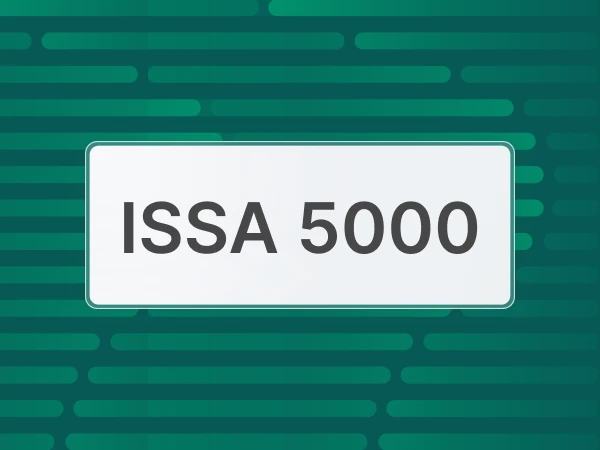{summary#bullet-1}
What does LCA mean
LCA, an acronym for Life Cycle Assessment, is an evaluation method that analyzes theenvironmental impact of a product, a service or a process. This is a study.”From the cradle to the grave”, that is, from the extraction phase of raw materials to disposal.
In a nutshell, this is theanalysis of the life cycle of a product or service.
But why is it so important? For companies, this analysis is very useful for making more informed decisions about the strategy of reducing environmental impact, but not only.
The LCA is a widely recognized and standardized methodology at international level, used to identify and quantify the consumption of resources (energy, materials, water) and emissions (waste, chemicals, greenhouse gases) at every stage of life cycle of a product.

{summary#bullet-2}
What are the main reference standards for LCA analysis
When do you make a LCA assessment, it is essential to follow international standards such as norms ISO 14040 and ISO 14044, which provide guidelines on how to conduct the analysis. These regulations are critical, because they ensure that the process is transparent, accurate and repeatable.
Other reference regulations include European Union Directive for Ecodesign (2009/125/EC), which requires LCA analysis for the design of sustainable products, and the GHG Protocol, which provides tools for calculating greenhouse gas emissions.
{summary#bullet-3}
How do you do an LCA? The 4 phases according to ISO standards
An LCA requires a scientific and methodical approach. The methodology is regulated by ISO 14040 series standards, which establish 4 phases:
- definition of the objective and scope of the analysis - ISO 14041;
- compilation of an inventory of the inputs (materials, energy) and outputs (emissions, waste) of a given system - ISO 14041;
- assessment of the potential environmental impact related to inputs and outputs (potential for global warming, acidification, eutrophication) - ISO 14042;
- interpretation of the results, from which to draw conclusions useful for business decisions - ISO 14043.
{summary#bullet-4}
What is the purpose of analyzing the life cycle of a product
Life cycle analysis is crucial for many reasons, let's look at the main ones.
- Identifying critical points: highlights the phases of the life cycle that contribute most to the environmental impact, allowing for targeted intervention.
- Business decision support: provides data to develop sustainability strategies, optimize production processes and increase energy efficiency.
- Transparent communication: offers a scientific basis for communicating transparently with customers and stakeholders, promoting a responsible corporate image.
- Regulatory compliance: helps to comply with national and international environmental regulations, avoiding sanctions and improving access to markets.
{summary#bullet-5}
LCA, EPD and product carbon footprint: let's be clear
The EPD (Environmental Product Declaration) is a environmental product declaration, which describes the environmental impacts related to the production of a product or service, such as the consumption of raw materials, or the production of waste and emissions.
This is a declaration on a voluntary basis, which must be prepared with reference to the analysis of the product life cycle based on a LCA study.
If you are interested in learning more about the topic, we have created a whitepaper on environmental statements and green claims which explains in detail the correct use of these tools.
Life Cycle Assessment vs product carbon footprint
Often there is a tendency to confuse aLCA analysis With the Calculation of the product's carbon footprint, but there are some substantial differences.
An analysis LCA Evaluate in general theenvironmental impact of a product or service during its life cycle, so the study takes into account different aspects, such as the consumption of energy, water and raw materials in general, and the production of waste, chemicals and greenhouse gases.
We can consider one LCA study Like a 360-degree evaluation of the environmental impact of a product or service.
The Calculation of the product's carbon footprint, on the other hand, focuses exclusively on Amount of emissions of WITH2 EQ produced during the life cycle of the product (or service). We can therefore consider the calculation of the product's carbon footprint as a essential component of an LCA analysis.






























